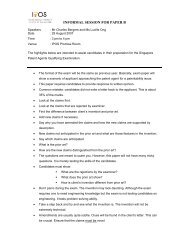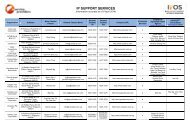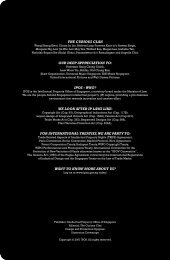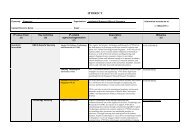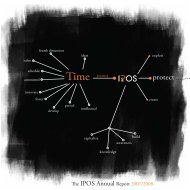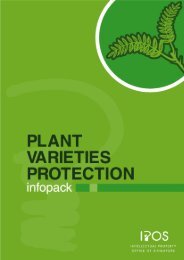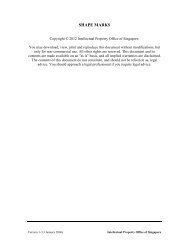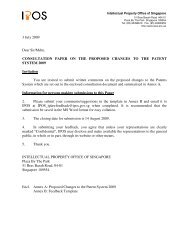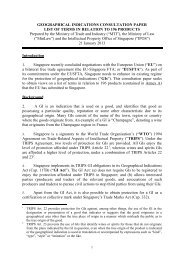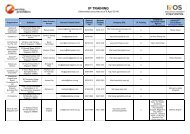Here - Intellectual Property Office of Singapore
Here - Intellectual Property Office of Singapore
Here - Intellectual Property Office of Singapore
You also want an ePaper? Increase the reach of your titles
YUMPU automatically turns print PDFs into web optimized ePapers that Google loves.
2 OWNERSHIP AND RIGHTS<br />
Entitlement to a Trade Mark<br />
An individual, firm or company claiming to be the owner <strong>of</strong> a trade mark can file for a trade mark<br />
registration as long as they are using or intend to use the mark in the course <strong>of</strong> their business. There are<br />
no restrictions or discrimination as to nationality or residency. However, an applicant who is not a<br />
resident in <strong>Singapore</strong> must provide the Registry <strong>of</strong> Trade Marks with an address for service in <strong>Singapore</strong><br />
to which all correspondences will be sent.<br />
Term and Renewals<br />
The registration <strong>of</strong> a trade mark is valid for 10 years from the date <strong>of</strong> application. Protection can last<br />
indefinitely subject to the payment <strong>of</strong> renewal fees every 10 years, and with proper use <strong>of</strong> the mark.<br />
Proper and Continuous Use<br />
The owner <strong>of</strong> the registered trade mark should use his mark properly and continuously. He should<br />
display the trade mark in every medium in which he uses to protect his brand or corporate logo. For<br />
example, displaying the mark prominently in packaging, labels, websites, advertisements, press<br />
releases, trade shows, business documents and the like.<br />
Furthermore, the trade mark owner should be vigilant to ensure that the trade mark is used in its proper<br />
context. For example, he should not use a trade mark to describe the product itself, e.g. use "a XYZ<br />
copier" instead <strong>of</strong> "a XYZ" and "make two copies on a XYZ copier" instead <strong>of</strong> "XYZ two copies".<br />
Such good practices may prevent a successful claim by an infringing party (defendant) that the mark has<br />
become a "generic" word and thus rendered unenforceable under the law. There are numerous<br />
examples <strong>of</strong> valuable trade mark names that have become common in the trade in this way (e.g.<br />
escalator). 'Genericide' occurs when a trade mark, previously used by an individual manufacturer for his<br />
products, becomes a description <strong>of</strong> the product itself.<br />
Whenever and wherever possible, a registered trade mark should be actively applied to reinforce the<br />
trade mark identity with its associated type(s) <strong>of</strong> goods or services. Sufficient effort must be put in to<br />
prevent misuse or infringement <strong>of</strong> the registered trade mark.<br />
If an infringing party uses a registered mark continuously for five years without being stopped by the<br />
trade mark owner, it may be deemed that the owner has consented to such a use. Therefore, if an<br />
infringement proceeding against the infringing party takes place after five years, the infringing party may<br />
defend himself on the basis <strong>of</strong> lack <strong>of</strong> action or protest by the trade mark owner.<br />
If a registered trade mark has not been used consecutively for five years, there is a risk <strong>of</strong> the trade mark<br />
being removed from the Register. Any interested party can apply to the Registry <strong>of</strong> Trade Marks to have<br />
an inactive registered trade mark removed by showing pro<strong>of</strong> <strong>of</strong> non-use (see “Revocation” on page 14).<br />
5



